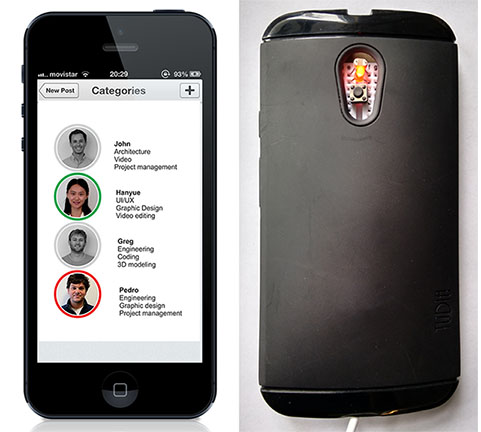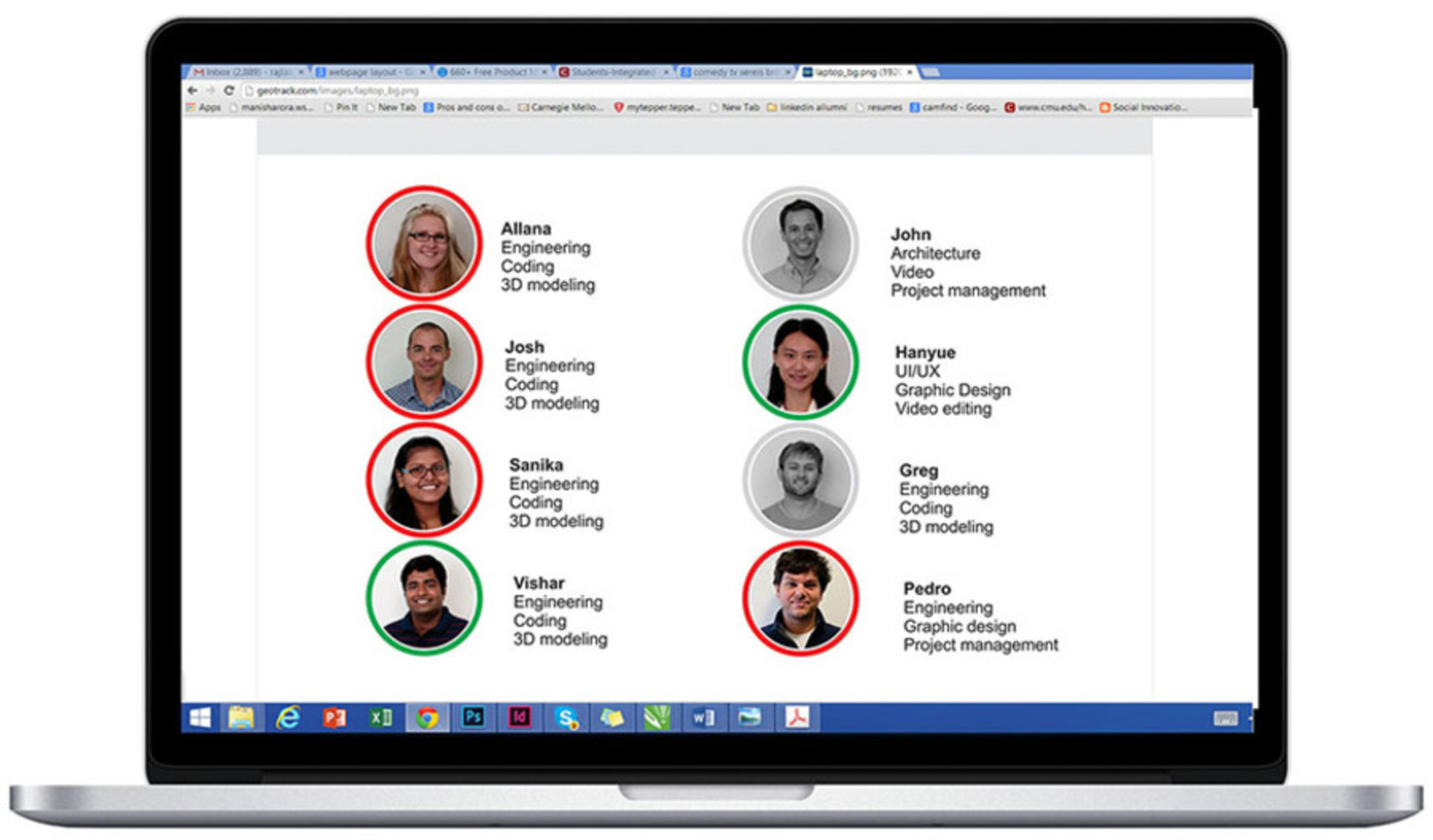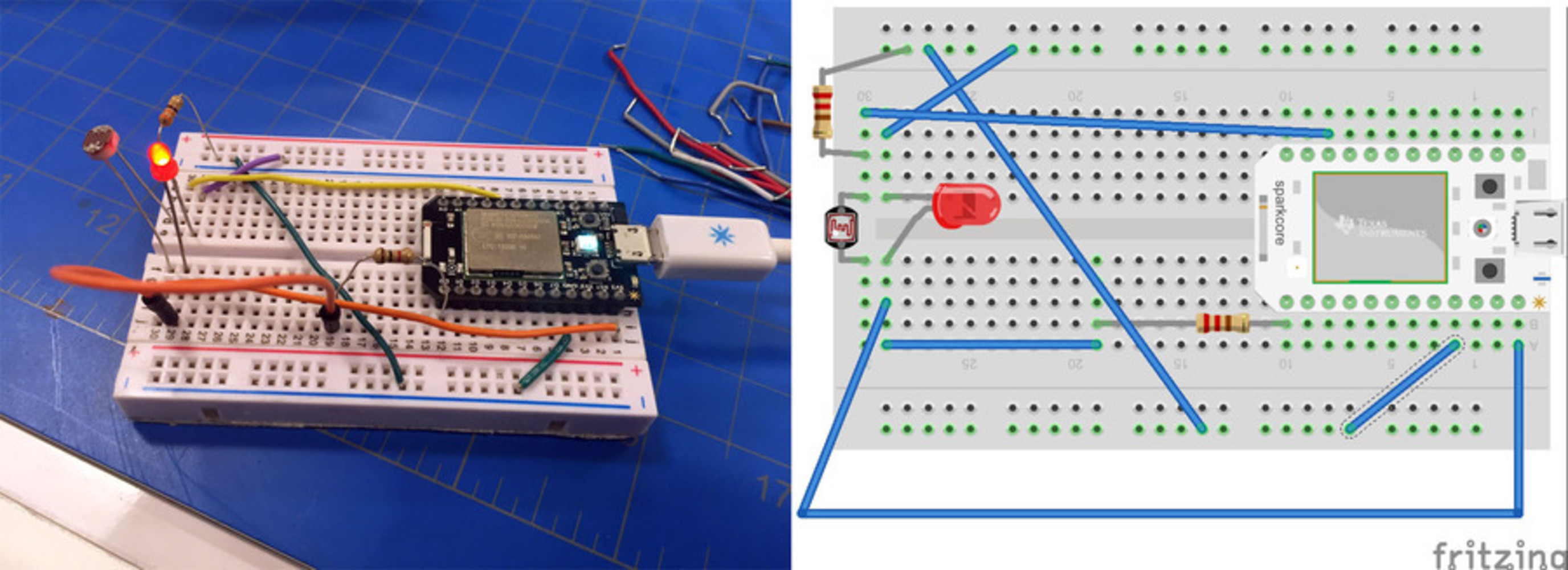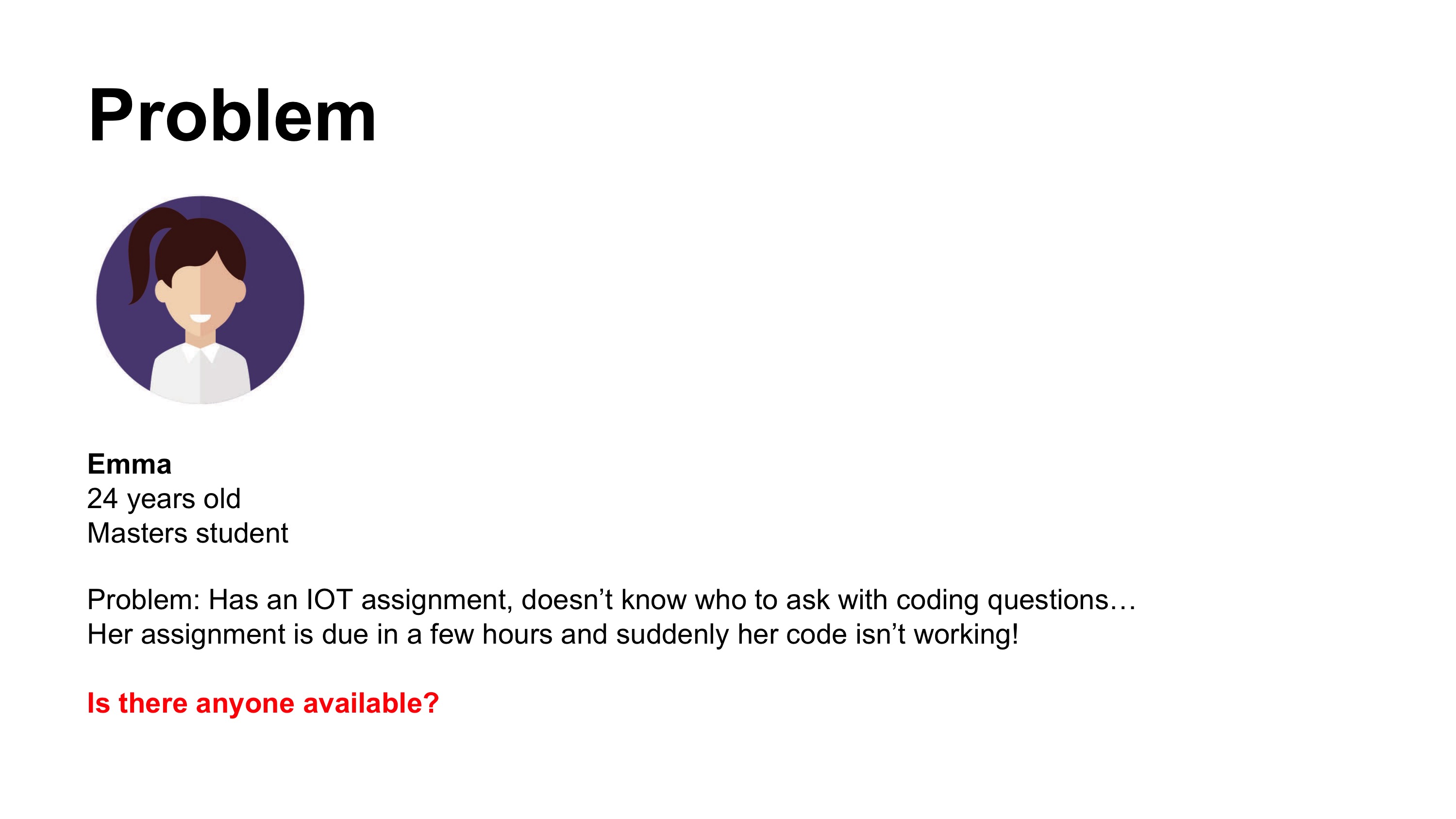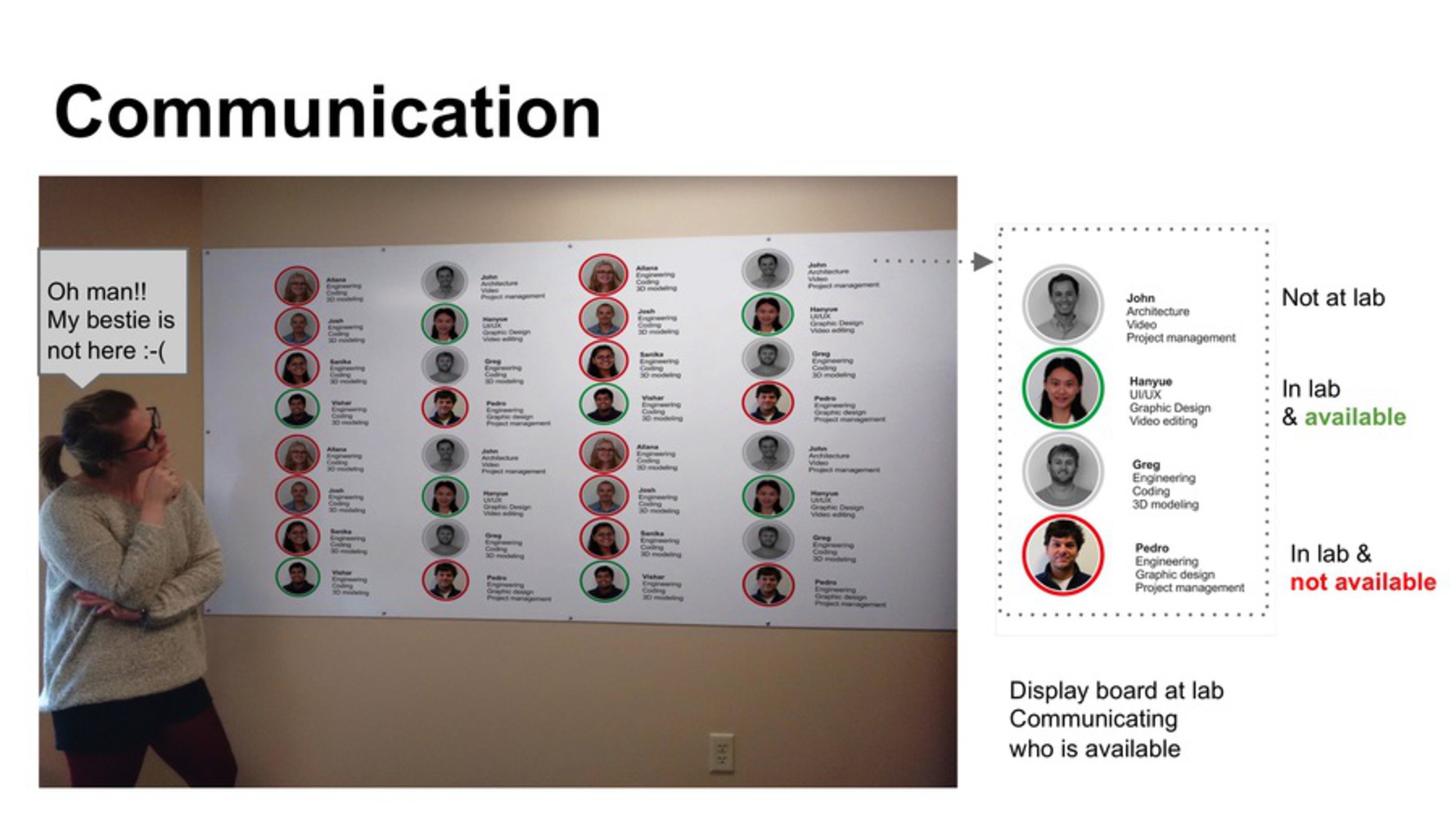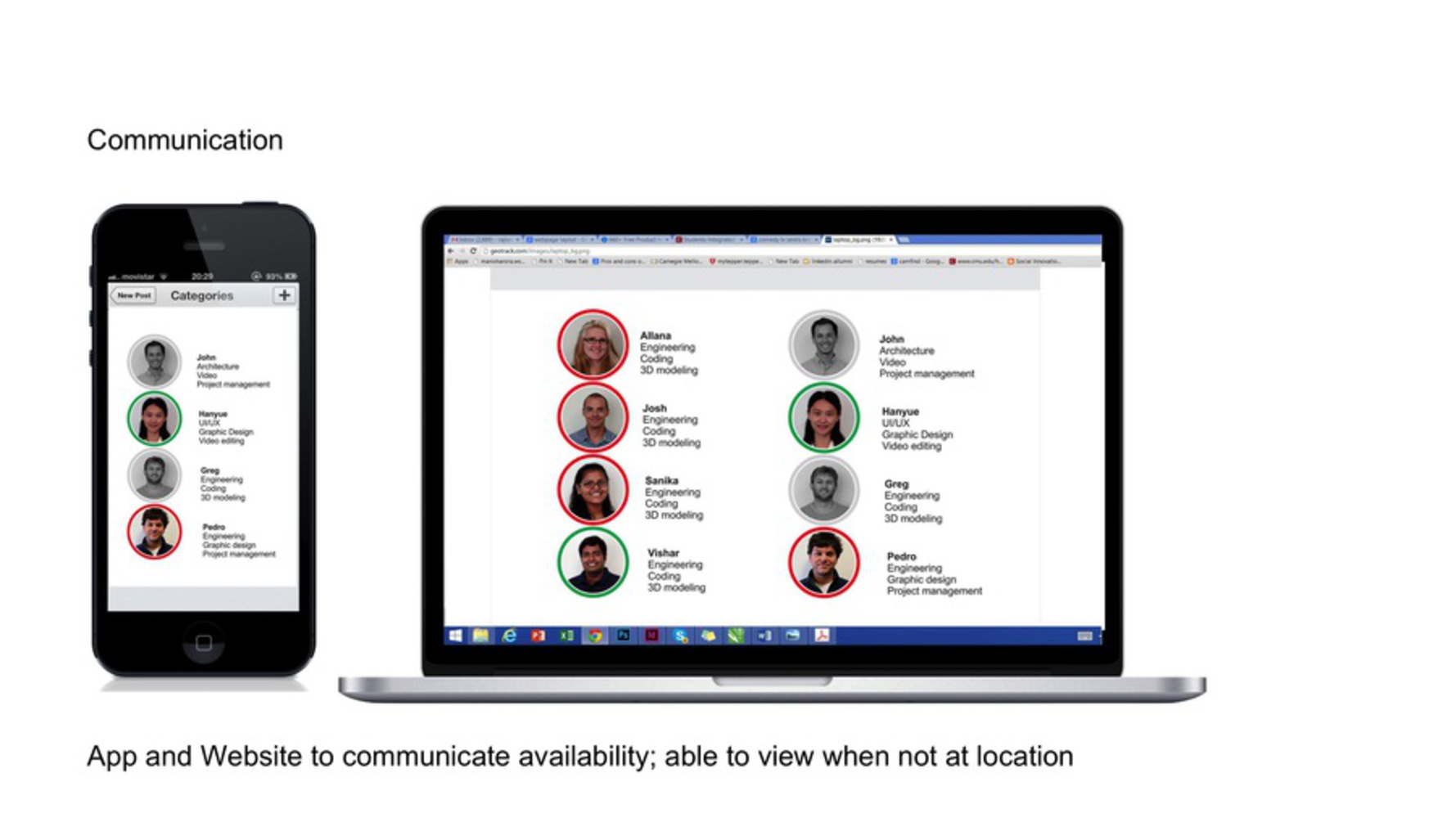Help! I need somebody. Help! Not just anybody...
The Beatles had it right— people first need to be willing to ask for help, but how do they know who to ask for help? The team's overall vision for the classroom of the future is to apply the internet of things to learning spaces as a means of minimizing outside distractions, encouraging collaboration, and giving distance education students a more connected experience. Our 3-person team was responsible for tackling the collaborative component of our vision and we decided to focus on leveraging everyone's unique and valuable skill-sets.
One of the main draws of the Integrated Innovation program is that is accepts people with diverse backgrounds and skill-sets, but we don't currently believe that this is being utilized to its fullest potential. We wanted to design an object/system that would clearly communicate a student's skills, background, and his/her availability to help. This would initiate a culture of sharing knowledge and swapping skills, taking the idea of "interdisciplinary learning" to a new level.
Introducing... colabCase!
colabCase is a transparent, availability monitor that updates a student's availability in real-time and displays this information through a number of channels. The availability sensor is connected to the student's phone case— when the screen is face-up, the student is shown as available in the system. When the screen is face-down, the student is shown as unavailable, and a red LED discreetly alerts them of their status change.
colabCase publishes the availability data to a database which stores the students information and skills they are willing to help others with. Students needing help can check the mobile app or web site so see who is available and what they skills they have. This could inform a student whether or not to travel to the studio space (perhaps their team is not there) or whether John Smith is busy or willing to help at this moment, without having to interrupt!
Spaces on campus can also display the availability of its students, making the information quickly glanceable to see who is available.
Why is this so great?
Simply by turning your phone over and changing your status to unavailable, your individual work or group meeting is automatically more productive because it eliminates constant interruptions and keeps the student from checking their phone.
It also encourages people to ask for help when they need it— people are more likely to feel comfortable asking for help if the status of a person is known to be available.
This is a solution that makes work-time more efficient for the entire studio environment: people trying to get work done, and those looking for help in a certain area.
